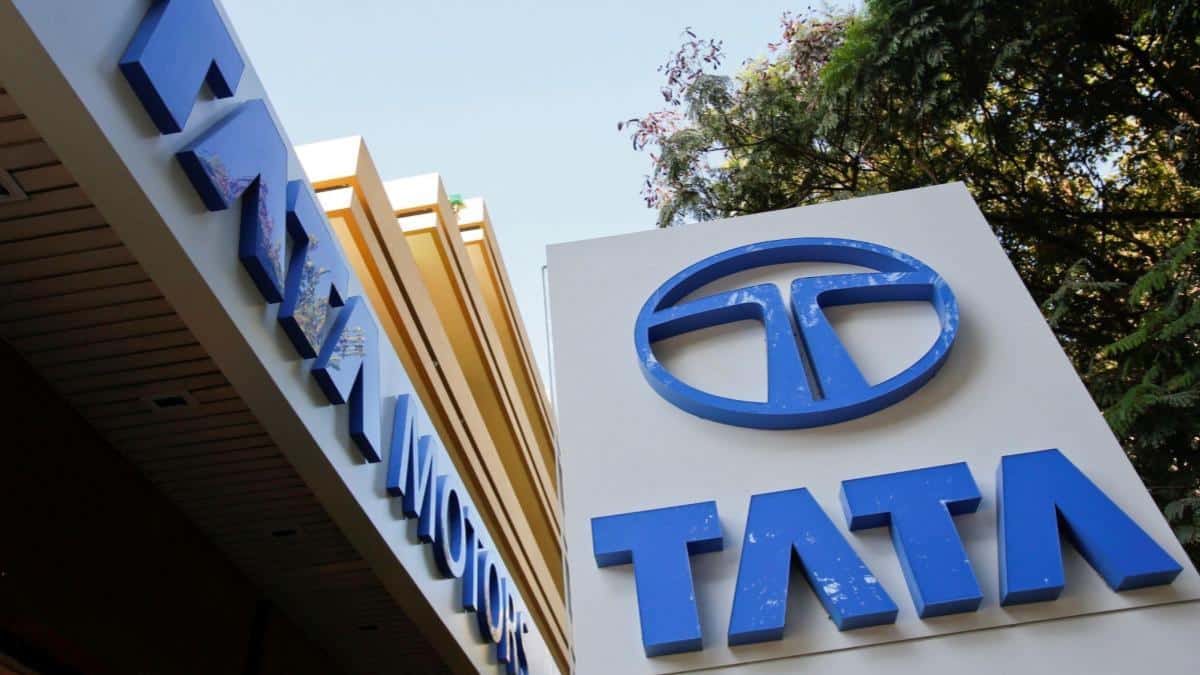Tata Motors’ Electric Vehicle Division Achieves Ebitda Profitability Amid Decline

Tata Motors has made significant strides in its electric vehicle (EV) business, achieving a positive operating margin before depreciation and amortization (EBITDA) for the fiscal year 2024-25. This accomplishment places the company among a select group of global EV manufacturers to reach this milestone, despite facing challenges such as declining sales and increased competition from rivals like MG Motor and Mahindra & Mahindra. The company’s latest annual report reveals a complex landscape of revenue fluctuations and strategic advancements that have contributed to this turnaround.
Revenue and Market Share Decline
In the fiscal year 2024-25, Tata Motors reported a decrease in revenue from its EV division, which fell to Rs 8,187 crore, down from Rs 9,285 crore in the previous fiscal year. This decline in revenue coincided with a notable drop in the company’s retail market share, which plummeted from 73.1% to 55.4%. The reduction in market share highlights the intensifying competition in the Indian EV market, where Tata Motors has traditionally been a leader. Despite these challenges, the company managed to improve its EBITDA margin significantly, rising to 1.2% from a negative 7.1% in the previous year. This remarkable turnaround reflects Tata Motors’ strategic focus on enhancing operational efficiency and cost management.
Factors Behind Improved Profitability
Tata Motors attributes its improved profitability to several key factors. The company has increased the localization of its components, which has helped reduce costs. Additionally, aggressive cost-cutting measures have played a crucial role in enhancing the bottom line. The company also benefited from the government’s Productivity Linked Incentive (PLI) scheme, receiving Rs 527 crore in support, which included Rs 385 crore allocated for FY25 and Rs 142 crore from FY24. These initiatives have positioned Tata Motors favorably within the competitive EV landscape, allowing it to achieve positive EBITDA despite the challenges posed by declining sales.
Other Income and Incentives
The total other income for Tata Motors, which encompasses various government incentives, rose to Rs 3,458 crore in FY25, compared to Rs 2,971 crore the previous year. This increase includes export and other incentives amounting to Rs 1,021 crore for FY25, up from Rs 617 crore in FY24. Furthermore, the company’s foreign subsidiaries received substantial tax credits for research and development expenditures, totaling Rs 2,438 crore in FY25, compared to Rs 2,354 crore in FY24. These financial boosts have contributed to the overall financial health of Tata Motors, reinforcing its position in the EV market.
Jaguar Land Rover’s Performance
Tata Motors’ luxury subsidiary, Jaguar Land Rover (JLR), also reported a strong performance in FY25, particularly in terms of foreign exchange gains. JLR recorded an exchange gain of Rs 981 crore, a significant increase from Rs 190 crore in FY24. This improvement is attributed to favorable currency movements and fair value adjustments. Despite the pressures on the EV segment, Tata Motors’ ability to achieve positive EBITDA underscores the effectiveness of its strategic initiatives and government support, setting the stage for future growth in the rapidly evolving EV market.
Observer Voice is the one stop site for National, International news, Sports, Editor’s Choice, Art/culture contents, Quotes and much more. We also cover historical contents. Historical contents includes World History, Indian History, and what happened today. The website also covers Entertainment across the India and World.
Follow Us on Twitter, Instagram, Facebook, & LinkedIn

